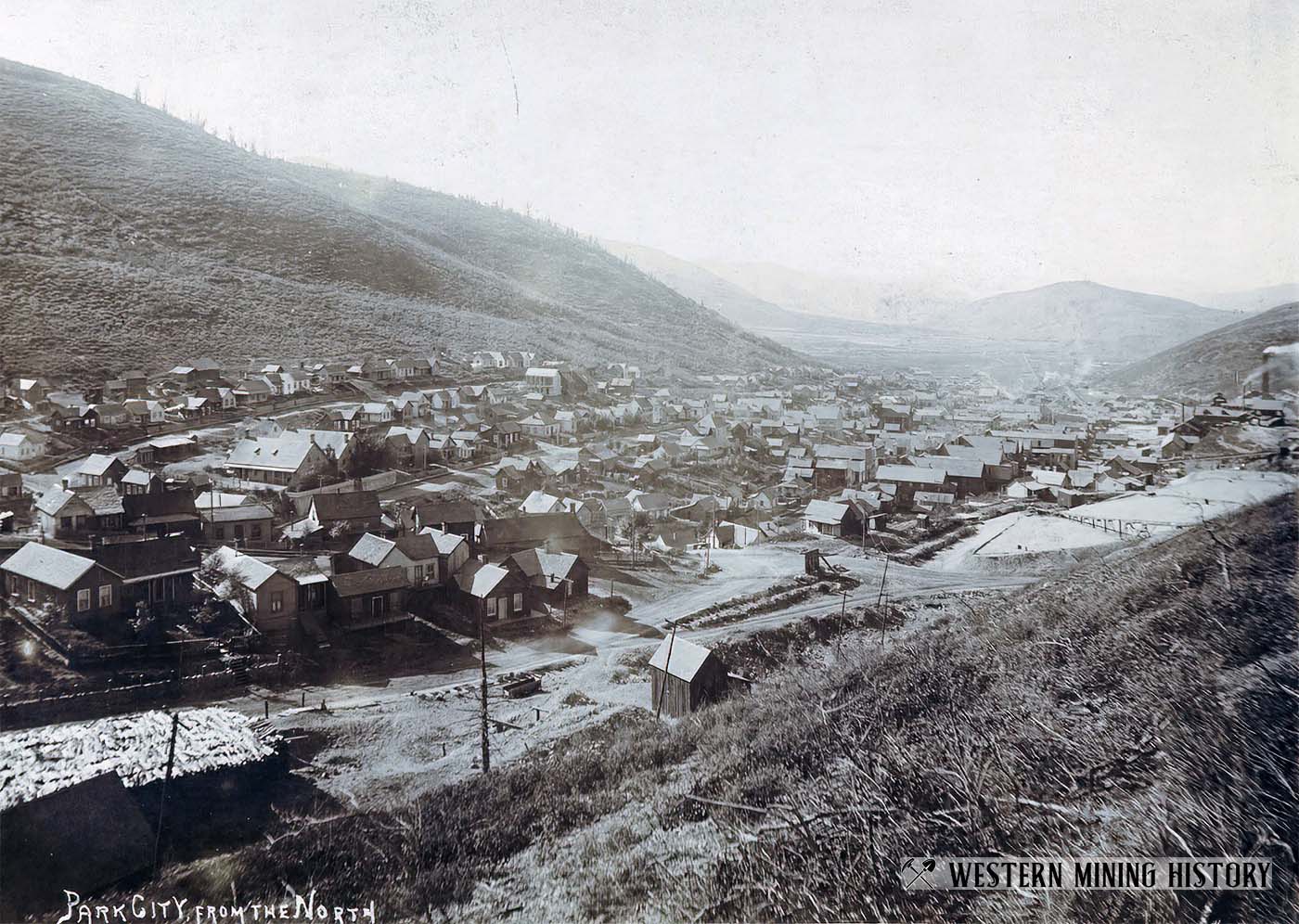Park City History
In 1862, federal troops from California were stationed in Utah to keep an eye on the Mormons, who the Union government thought might side with the confederacy. Colonel Connor, commander of Camp Doulgas, encouraged his troops to prospect as he felt it was their duty to help their country gain material wealth, and to help keep his men busy.
In 1868 three soldiers stationed at Camp Douglas near Salt Lake City climbed the pass from Big Cottonwood Canyon near Snyderville into an area later known as Bonanza Flat. They spent a few days doing some prospecting which culminated in the discovery of a silver and lead deposit.
The men staked a claim that they called the Flagstaff. The next year, they sold the Flagstaff Mine for $5,000 and it became the first Park City mine to begin producing ore in 1871.
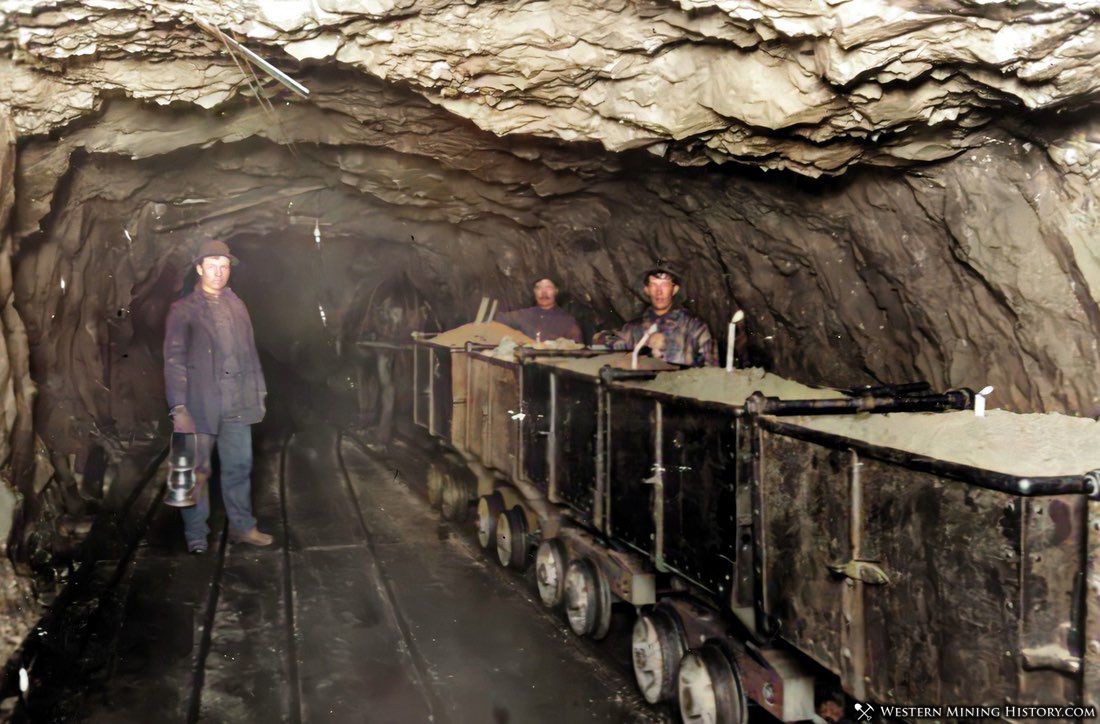
Around the same time the soldiers first found their claim, civilian prospectors, against the wishes of Utah Governor Brigham Young also located several mines in the area. When news of these new mines made its way around the west, people began to flock to the area.
Rise and Fall of Park City
In 1872, George and Rhoda Snyder saw the potential of the new mines and came to the area to work a 160 acre homestead. They cleared the trees and brush by Silver Creek, and built a home which they raised a handmade American flag over on July 4th, and declared their new settlement “Parley’s Park City” after early Mormon leader Parley P. Pratt. Later, the name was shortened to Park City.
The post office was established in 1873. A free public school was established in 1875, and a newspaper called The Park Record began printing in 1880 - now the longest running newspaper in Utah. That same year the Utah Eastern Railroad came to town, financed by local businessmen and mine owners.
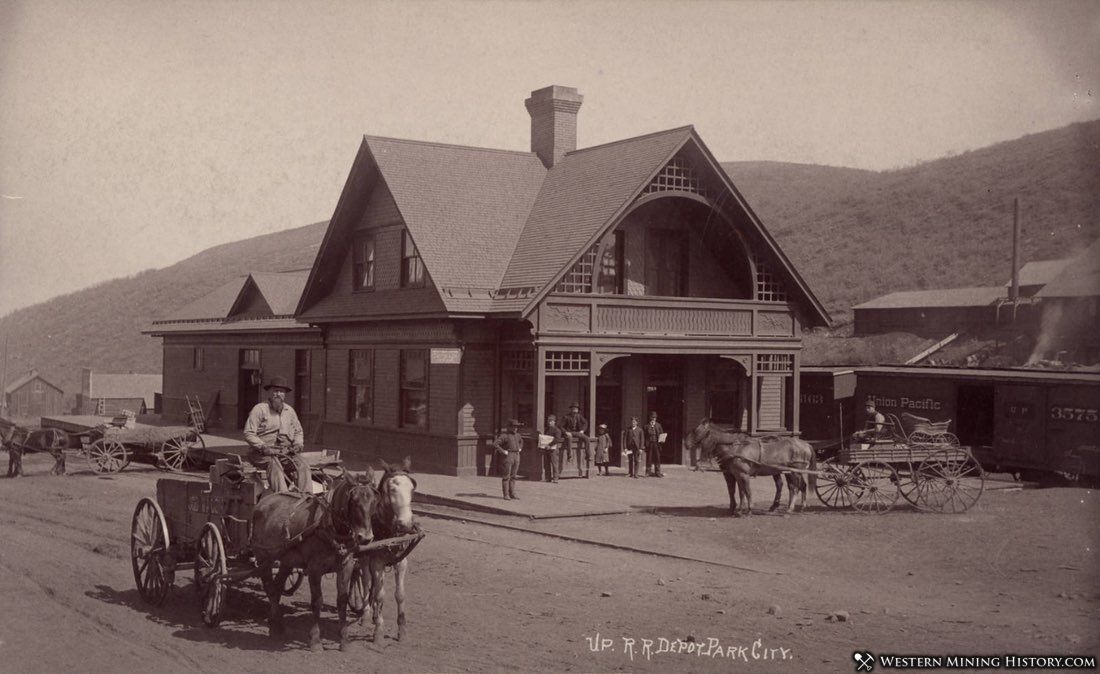
In 1881, Park City became the third city in Utah to receive telephone service, and would be one of the first to get electric lighting in 1889, the same year its population hit 5,000. Most of the investors and others who would profit from the Park City mines lived in Salt Lake City, and much of the wealth from Park City was funneled there to build opulent buildings.
While the town of Park City was in its building phase, the mines that supported it were flourishing. As early as 1872, the Ontario Mine was producing rich ore containing 400 ounces of silver to the ton. George Hearst and his business partners purchased the Ontario for $27,000, and the mine would go on to produce over $50 million in its lifetime.
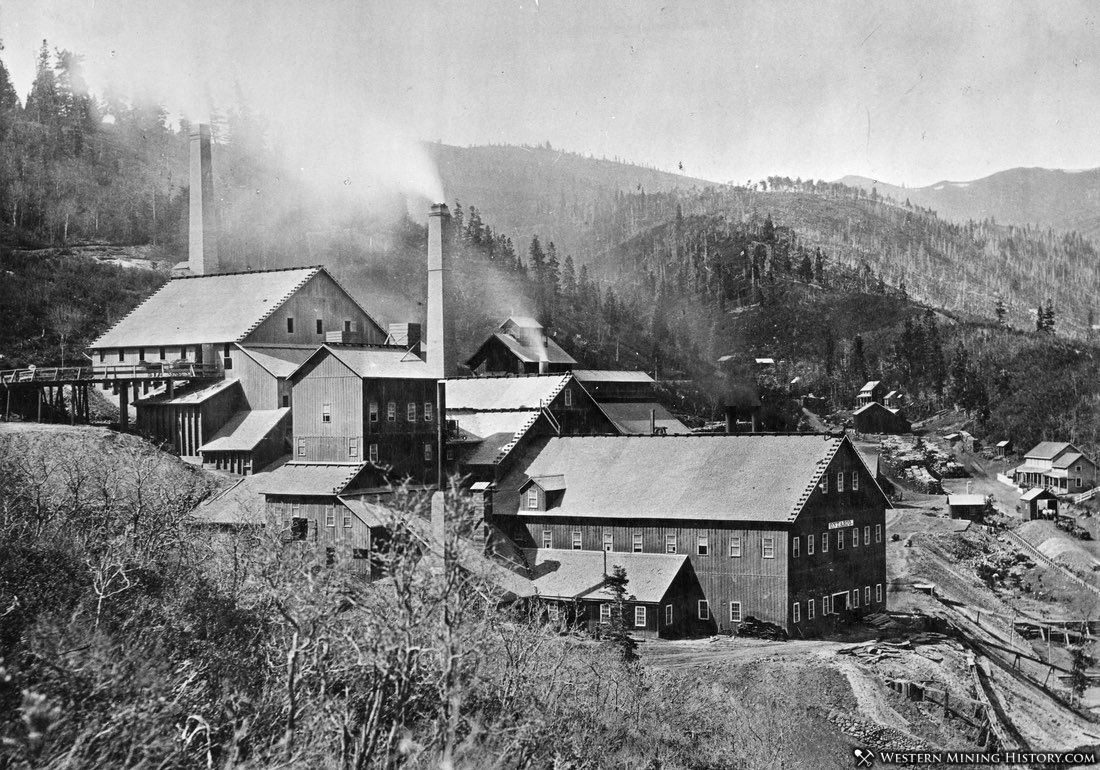
The Park City area has a high water table and significant dewatering would be needed as the mines got deeper. In 1881, the Ontario Mine installed a 30-foot tall Cornish Pump with a 70 ton flywheel, which pumped four million gallons of water a day from the 1,000 foot level of the mine. The surrounding mountains were stripped of trees to fire the boilers that powered these pumps and other mining machinery.
Early in the morning on June 19, 1898 a fire began in the kitchen of the American Hotel and ripped down Main Street, fanned by winds sweeping down the canyon. It did not stop until it ran out of fuel, destroying some 200 business and homes. There were no deaths, but 500 people were left homeless, the new city hall and opera house were destroyed.
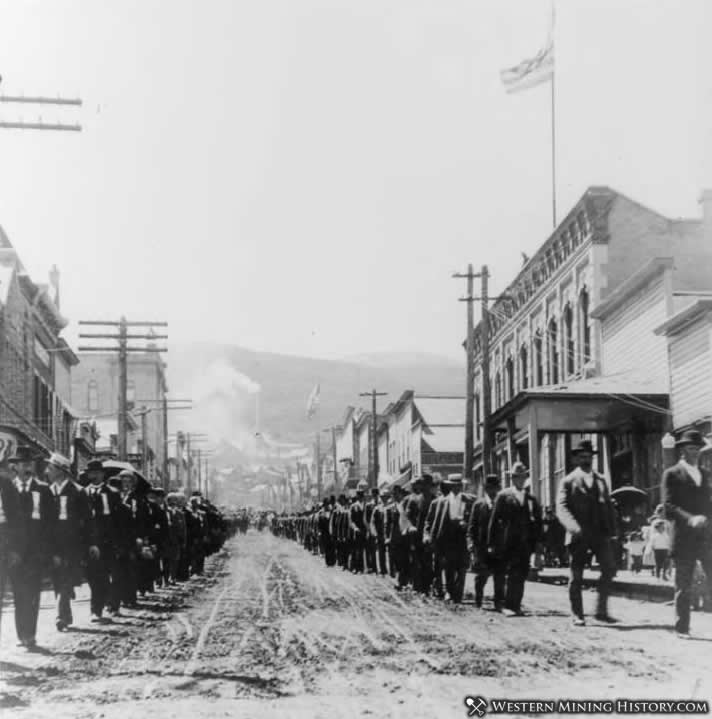
In 1902, disaster struck again, this time underground at the Daly-West Mine. Workers on the surface felt the ground shake, and heard a muffled explosion. Later, it was determined that a miner dropped a candle in the 1,200 foot deep powder magazine. Twenty-five miners were killed by the explosion and release of poison gas. The disasters resulted in legislation that made it illegal to store explosives underground.
The Kind and Queen of the Mines
In 1884, a young lady named Susanna Bransford was visiting some friends in Park City when she was introduced to the Postmaster, Albion Emery. Not long after they married and were given an opportunity to buy in to a silver claim. Borrowing $8,000, they invested in what would become the Silver King mine which started producing in 1892 and would become one of the richest silver mines in the country.
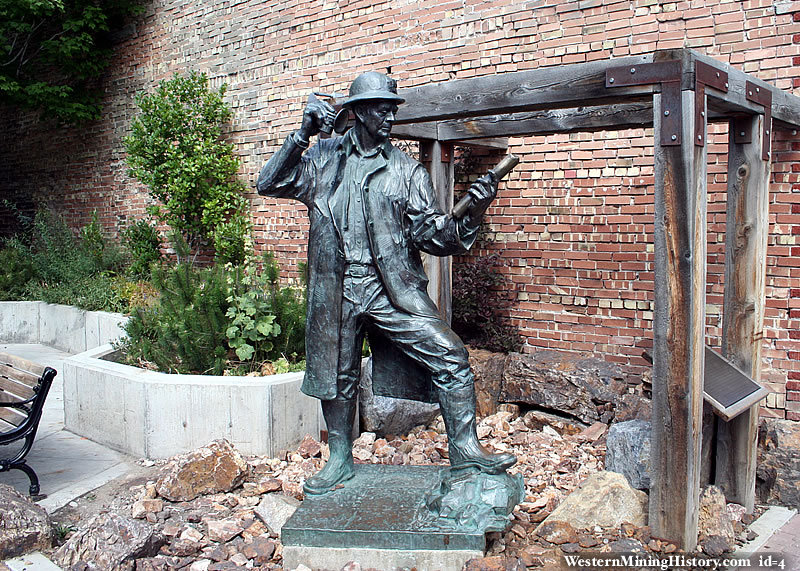
The Emerys, as well as the other investors became rich. Unlike many mines across the country, the Silver King was able to survive the silver crash of 1893 when the price of the metal plummeted. Albion died in 1894, but shares from the Silver King were bringing in $1,000 a day for Susanna, and she would gain the nickname “The Silver Queen of Utah”.
It is interesting to note that after 1893 miners agreed to take a steep pay cut so that the mine could continue to operate, yet the investors continued to make incredible returns from the operation.
Susanna would end up marrying three more times before her death, but each of her husbands, including a Serbian physician and a Russian Prince, all preceded her in death. The home that Emery and Susanna shared was destroyed in the 1898 fire.
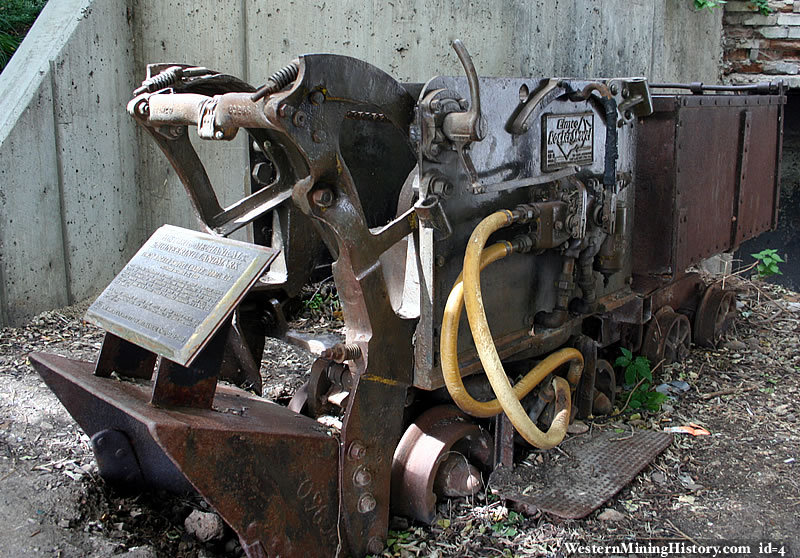
The Ski Boom
Like many mountain towns, mining operations eventually gave way to recreation. The first ski resort, Treasure Mountain, was built by former miners on their claim in 1963. Today, skiers come from all over to experience the ski slopes that hosted many of the events of the 2002 Salt Lake City Winter Olympics.
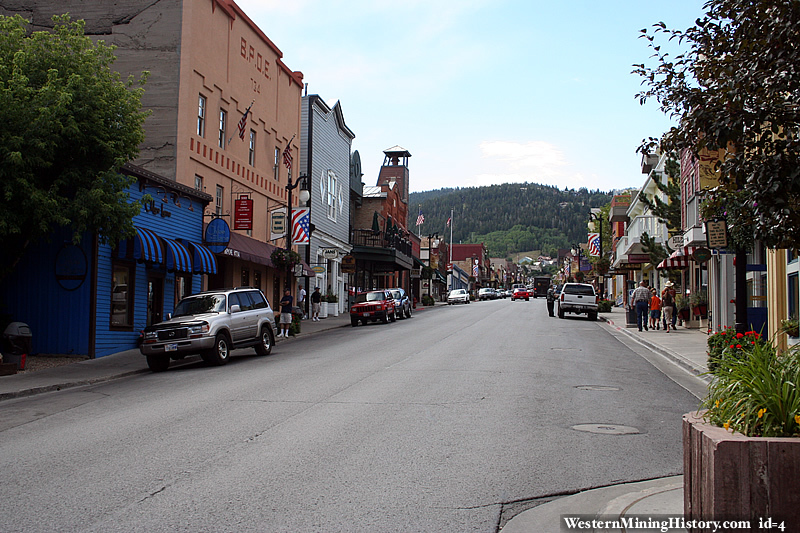
Over 8,000 people now call Park City home, but the town hosts more tourists a year than the permanent population. It is said some 1,000 miles of mining tunnels exist underneath the local ski resorts. Park City, once a town that boomed because of the men who spent their days underground, now survives on money brought in from those wishing to spend their days on the slope.
Principal Gold Districts of Utah
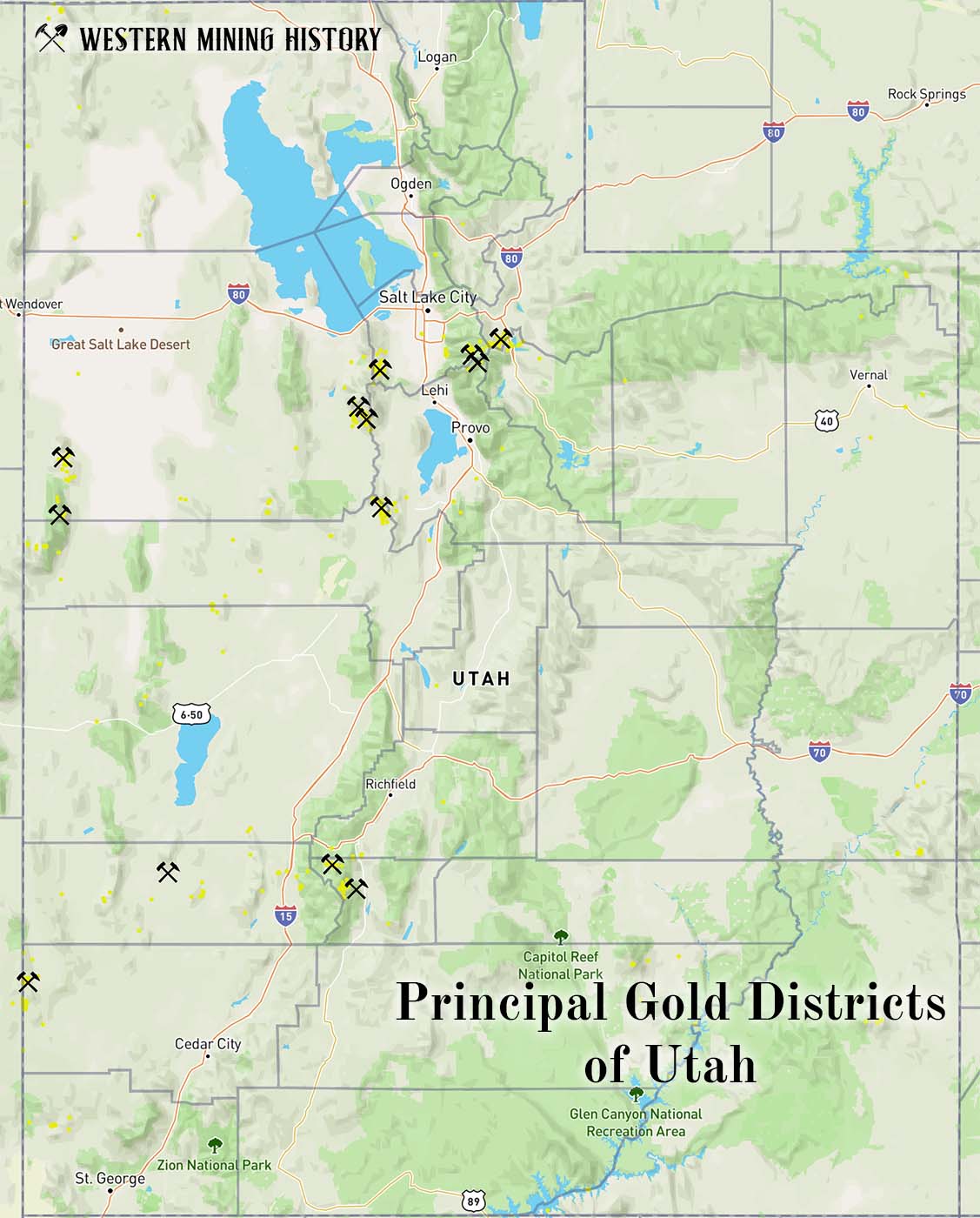
Utah produced approximately 17,765,000 ounces of gold through 1960, making it sixth among the gold-producing states. Thirteen districts in nine counties yielded more than 10,000 ounces of gold each. Read more: Principal Gold Districts of Utah.
